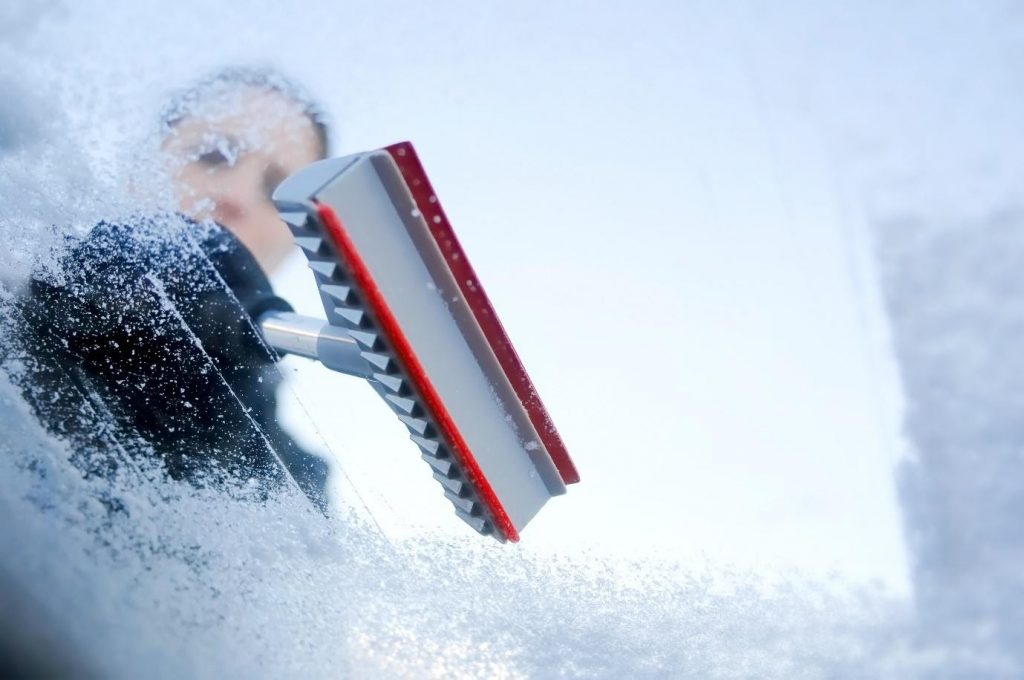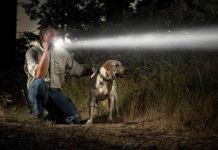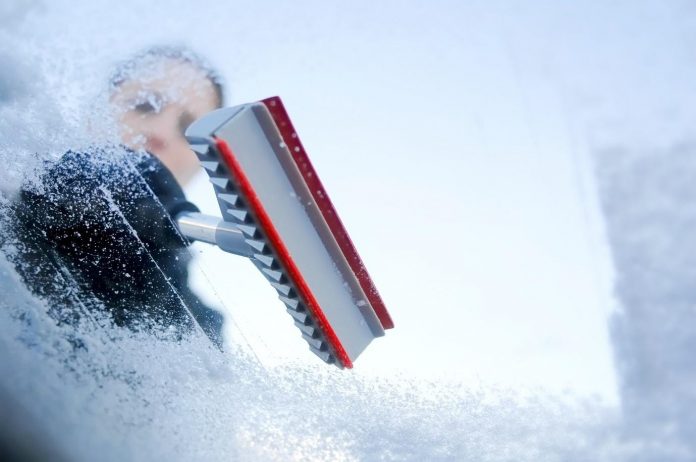The snow, fog, ice and sleet that comes in winter can cause the roads to be a dangerous place to drive, for drivers of any ability. In England, the winter months usually last from November and March, with varying weather across the country. If you’re an experienced driver, or still learning to drive, you are likely to encounter cold and icy driving conditions to contend with. So, it is always best to know exactly what to do when you need to drive in this adverse weather.

Be Prepared Before You Drive
It is vital to perform safety checks before you start any journey, particularly in severe weather. You need to make sure there are no issues rendering your vehicle unsafe to drive. Here are some the checks you should do before you drive in winter.
-
Tyres
Tyres are essential for keeping grip on the road in icy conditions, so you must make sure that are well inflated, free of any damage and with good trend. Remember even the most experienced of drivers can experience a slip on the ice, so these checks give you the best possible chance of driving safely.
-
Water and Anti-freeze
You should be checking your radiator and screen wash once a month anyway, but in winter months you should be adding a mixture of antifreeze and water to your cooling system, as well as to your screen wash, to prevent freezing and the effects this can have on your engine.
-
Lights
Visibility is particularly low in winter weather, so make sure your car lights at the front and back are clear of snow, ice and dirt, before you start driving. You should also check for damage or the need to change the bulb, as it is essential that you can see the best to your abilities and that other drivers can see your vehicle in snow or sleet.
Carry the Winter Essentials in Your Car
Breakdowns and accidents happen more often in winter than any other month, due to the dangerous driving conditions, and the effect the cold can have on your car. Waiting in the cold for assistance if you have a breakdown is usually not a pleasant experience, so government guidelines for motorists during winter advised that you should carry an emergency kit in your car containing winter essentials that can help in this event. These include:
- Ice scraper
- Torch (and spare batteries)
- First aid kit
- Warm clothes and blankets
- Sunglasses (in case of low sun and snow glare)
- High-vis jacket and warning triangles
- Plenty of water and snacks
- Jump leads
Driving on Winter Roads
When it comes to your journey in winter weather, you should drive slower than usual to decrease your stopping distance, as well as complete manoeuvres slowly and carefully to avoid any accidents.
It’s best to pull away from a stationary position in second gear, gently taking your foot off the clutch to avoid a wheel spin. You should also be as gentle as possible when needing to brake, to make sure you avoid skidding or slipping on icy roads.
If you find yourself driving uphill during snowy conditions, try to maintain a constant speed at all times, so that you are changing gear as little as possible when on the hill. Leave lots of room between yourself and other cars as well. For downhill driving in winter, again leave plenty of room between you and the car in front, using a low gear and avoid braking if you can. This will help you to reduce the risk of slipping on the icy roads and cause an unfortunate accident.




































